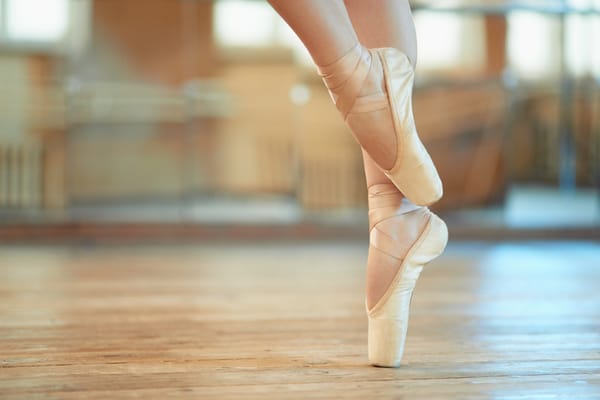In Praise of RPE
"Rate of Perceived Exertion," that is. And after a particularly exhausting weekend, this topic feels quite apt
Initially, I'd planned to publish an essay today on heart rate monitors, the HRV metric (“heart rate variability”), and “Zone 2” training — which is clearly, as I type that out, way too much for one newsletter. And as the latter is sure to appear on the forthcoming Top Fitness Trends of 2023 article that I'm preparing for you, we'll return to the topic soon enough, I promise.
But this past weekend was particularly exhausting, and this week looks to be particularly busy, and as such, I don't think I can pull off a good, deep-dive into cardiovascular health and fitness technology. (My rough draft has a lot of places that say “cite your sources,” and reader, I do not feel like searching for citations today.)
So I'm going to take today's storytelling in a slightly different direction — although, if you know me, you know that it was likely to be the conclusion of my thoughts about over-reliance on the data/feedback that things like heart rate monitors claim to provide us.
So, let's talk about RPE — "Rate of Perceived Exertion," a self-assessment tool that can be applied to any physical activity — including running a 5K; including running to one's volunteer post at a marathon; including, even, standing on one's feet for 6 hours, handing out water to thousands of marathon runners, as I did this weekend.





